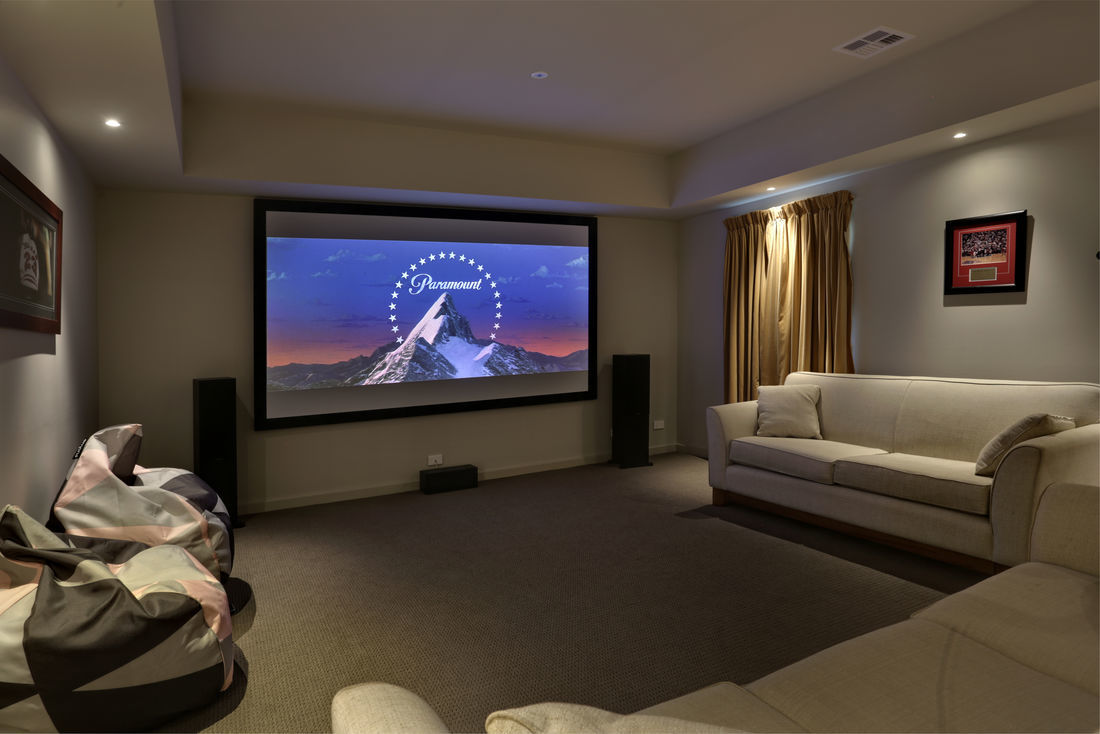Did you know human beings have been plastering their home interiors for more than 7000 years? The plasterboard we favour today has come a long way from the lime or gypsum mortars of ancient times; however its usefulness as a building material remains undiminished. In fact plaster is the most common material used for residential interior walls and ceilings in Australia today, far surpassing brick or concrete.
Why so popular plaster?! Firstly it helps to understand...
What do We Actually Mean By Plaster?
To be clear, in this article, when we talk about Australia�s most popular interior material, we are referring to plasterboard. Plaster board is composed of a layer of lime or gypsum (i.e. plaster) held between two thick pieces of paper. Plasterboard is relatively light and can be used for both ceilings and interior walls.
Of course, some homeowners choose to apply a traditional plaster paste to their interior walls with a trowel, however this process is much more time-consuming and therefore costly and that brings us to our next point�
Why is Plasterboard so Popular?
Affordability
First and foremost, plaster appeals to many homeowners because it�s so affordable. Plasterboard is an inexpensive material in and of itself and it�s quick and easy to install, which naturally helps keep the price lower. This means plasterboard lends itself well to DIY builders too. For installation, each sheet of plasterboard is simply glued at the edges and then nailed in place. Plasterboard is also cost-effective to transport, as it flat-packs perfectly and is already cut into easy-to-carry panels.
Versatility and Style
Secondly, plasterboard provides that beautiful, smooth finish favoured by modern homeowners. It offers a clean, sleek aesthetic and is incredibly versatile in that it can be painted any colour you like; then repainted (when you stop liking that colour!) or even wallpapered. Brick in contrast is more limiting; although it can be painted, it�s often challenging to get a previous paint job off and then, when the paint starts to peel, things can get really ugly. While precast concrete can look beautiful when painted, it typically requires more work and there�s a higher likelihood, especially for DIYers of things going awry.
Plaster vs Concrete and Brick
Ok it�s not a popularity contest! But the fact is that plasterboard does offer a couple of distinct advantages over brick and concrete, beyond versatility, which we discussed above. And these are:
- Lightness - plasterboard is a relatively lightweight building material. This makes it safer to handle and work with when compared to concrete and brick, an especially significant point for DIY builders. Compare moving several sheets of plasterboard with moving a crane-load of bricks and you�ll get our drift!
- Easy to repair - this advantage comes with a caveat, plasterboard is a far more fragile material than concrete blocks/precast concrete or bricks. However, it�s also far more forgiving. If your brick or concrete wall develops cracks from foundational shifting, then that�s a significant problem to fix. Damage to your plaster wall? Simply apply plaster and repaint!
We hope this article has answered some of your questions about the benefits of plaster for interiors. If you�re planning your dream home, contact Wojcicki Constructions today.
